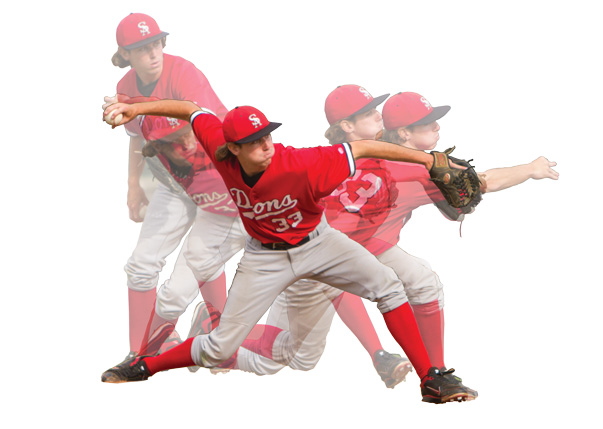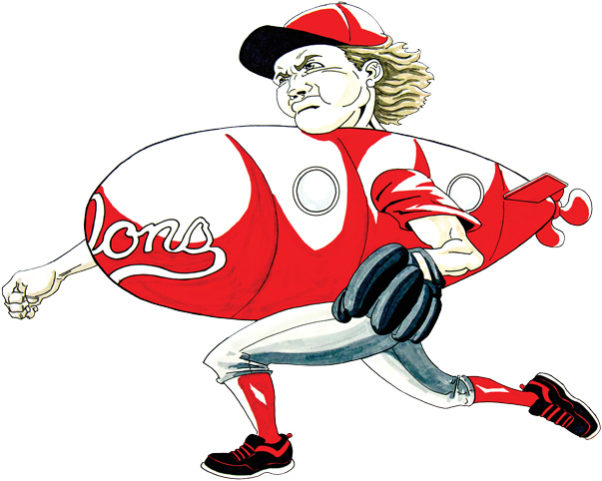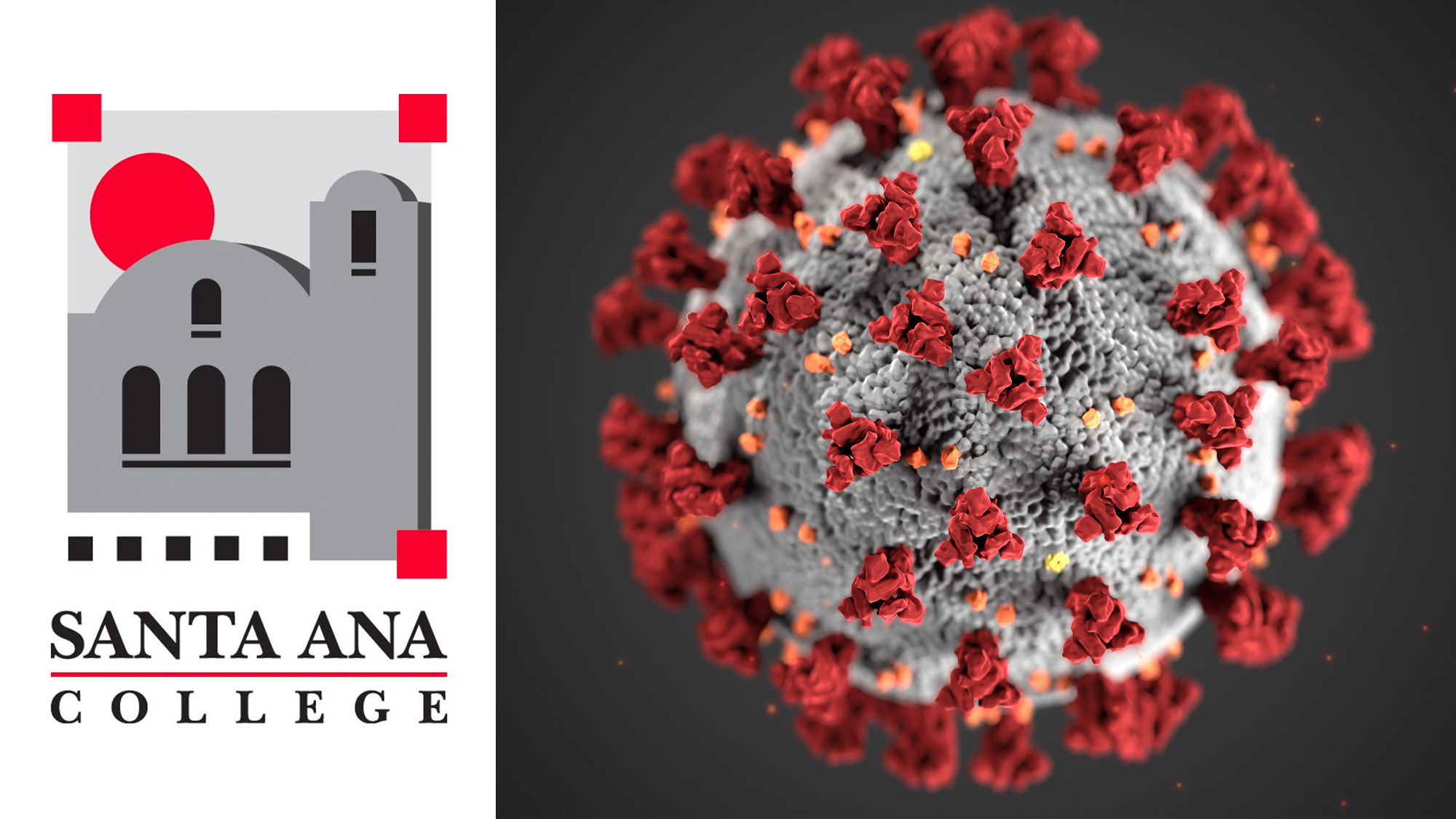
By Mitch Welch
With his knuckles nearly scraping the ground on his delivery, Dons reliever A.J. Franks throws a sinking fastball through the strike zone. It sneaks past the batter for a ninth inning strikeout, giving Franks his seventh save of the season.
The Dons relief core has two sidearm pitchers this season. The unorthodox pitching style is a rarity. In more than 30 years, only about six submariners have played for the Dons, said Santa Ana College Athletic Trainer Gary Kinney.
Franks began throwing with the unusual delivery in high school, before dropping into submarine when he became a Don.
“I started my senior year of high school throwing sidearm and switched over to submarine this year,” Franks said, adding that the variation on the sidearm throwing style helped him relieve a back injury.
Switching from sidearm to submarine has proven successful for Franks. He compiled a 1.39 ERA in 40 innings at Kennedy High School his senior year, improving to 0.89 in about the same number of innings this season with the Dons and leading the team with seven saves in eight opportunities.
A variation of sidearm, a submarine delivery is lower, with the motion resembling a softball pitch.
Beyond in-game strategy, the movement is easier on the pitchers’ joints.
“The natural motion of throwing sidearm or submarine tends to alleviate some of the stress on a pitcher’s shoulder. The overthrowing motion of throwing a baseball is not normal to the body, that’s why guys can’t throw a double header,” Kinney said.
After years of pitching with a traditional delivery, Dons right-handed reliever Daniel Ferrel began throwing from the side in January. Ferrel has a 5-1 record with a 3.13 ERA on the season, but the motion is still a work in progress.
“I kind of toyed with it and it felt good, so I just went with it,” the reliever said.
Pitching this way has an effect on batters from both sides of the plate.
Co-Head Coach Brian Harris pitched sidearm throughout college and during his minor league career.
“I got drafted as a pitcher so I slowly started dropping my arm and pitched for three years with the Seattle Mariners as a sidearmer,” Harris said.
Right-handed batters have a hard time against the Dons’ two righties because the ball starts across the zone and ends up cutting in on the hitter, Harris said. The movement of the pitch creates value and adds effectiveness for the pitchers.
“If you think about the dynamics of pitching, sidearm is just like throwing over the top but just slightly bent over,” Harris said.
Whether as the aftermath of an injury or not being effective enough on the mound, sidearm pitching is gaining interest among pitchers and becoming increasingly common.
“It’s a deception thing. A lot of guys have trouble picking it up, they’re used to seeing the ball come from a certain arm slot so when you drop down, they’re not used to seeing it come from that angle,” Harris said.
- The two-party system is failing us. - October 19, 2024
- Read our Fall 2023 Print: Vol. 100 No. 1 - October 23, 2023
- Santa Ana College Awarded State Department of Finance Grant - April 2, 2015











